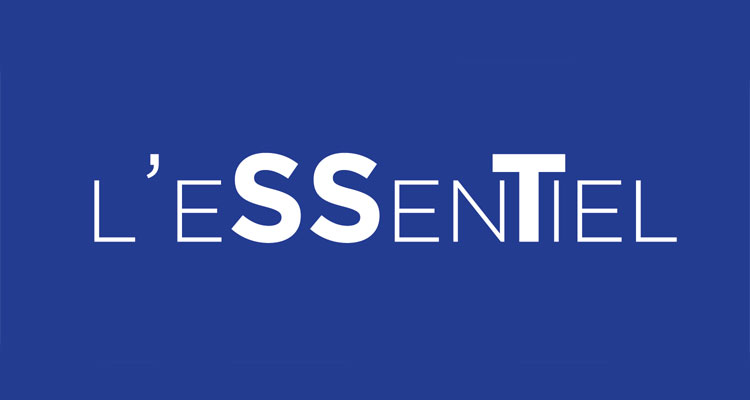
Healthcare professional-to-patient ratios: a matter of health and safety
Everyone knows you shouldn’t believe everything you read or hear in the news. Moreover, you should evaluate the credibility of information based on its source. So, when the government claims that health care cuts don’t affect the quality, safety or accessibility of care, we know that’s not necessarily true. In fact, healthcare professionals, the first affected, are in the best position to contest these claims.
It’s often union representatives who see firsthand the distress, exhaustion and discouragement healthcare professionals experience. They are regularly put under serious pressure and have a very heavy workload. They often hear comments like: “I can’t take any more. I am going to apply for a different position. I can’t sleep, I’m at the end of my rope, I feel like I can’t even carry out my regular duties. My passion is gone, I’m going to change professions. Because this disillusionment is seen in many institutions, the FIQ has taken steps to measure the real impacts of budget cuts on the professional practice and the work organization of healthcare professionals.
For example, the results of a survey conducted among the healthcare professionals of the CISSS du Bas-Saint-Laurent in 2016 confirm the Federation’s assertions and clearly show that, considering the numerous repeated budget cuts to health institutions, healthcare professionals have seen a significant increase in their workload. The figures speak for themselves: most healthcare professionals do not have enough time to accomplish important aspects of their practice, for example, the clinical teaching and monitoring required to ensure safe, quality patient care.
In addition to the negative impacts on the conditions of practice for nurses, licensed practical nurses, respiratory therapists and clinical perfusionists, the heavy workload also compromises their health and safety at work. Indeed, when one is overloaded at work, it becomes difficult to take time to ensure one’s own safety, for example, adopting the correct posture when ambulating patients.
What’s more, healthcare professionals often have to make heart-rending decisions that can cause moral distress. On that note, the FIQ discussed this issue during the OHS Week in 2016: Code MD: sounding the alarm. Moral Distress—acknowledging the danger!
To make up for the lack of time, some healthcare professionals will work extra, unpaid time, by starting earlier, finishing later or by not taking breaks or stopping to eat, which can ultimately lead to burnout.
It triggers a vicious circle: the increased rate of absenteeism leads to a heavier workload for healthcare professionals.
In light of these deeply concerning observations, the FIQ proposes concrete solutions, one of which has already made a difference in other countries. It’s a simple concept: setting up teams based on safe healthcare professional-to-patient ratios, with ratios established on patient needs and not institutional budgets, as is the current practice.
The FIQ therefore recommends implementing ratios which prioritize safe care, and which therefore establish a maximum number of patients, with a similar profile, for a team of healthcare professionals. Implementing these ratios, in particular in Victoria, Australia, and California, U.S., made an enormous difference for the patients and healthcare professionals. There were many positive impacts: better team stability, reduced risk of dissatisfaction and psychological distress at work, reduced absenteeism, increased draw to the profession, better patient follow-up, etc. For patients, benefits included shorter stays and overall improved quality of care.
The FIQ is a leader when it comes to safe healthcare professional-to-patient ratios. Since fall 2016, a joint-committee formed by the Federation and the MSSS, has been studying the relevance and feasibility of ratios through pilot projects. Moreover, the FIQ is the first labour organization in Canada to have included this type of committee in its collective agreement.
There’s no doubt that safe care ratios are a winning solution for healthcare professionals and patients. In this way, it would be a very good idea to follow the FIQ’s projects in the future, especially concerning potential impacts on occupational health and safety.
Is OHS in the know?
In California, safe care ratios led to a reduction in work-related accidents.
The FIQ offers free accredited training sessions to healthcare professionals, in particular Patient Advocacy: Patient Advocacy 2: Take action. Members of the Federation can get information from their local union teams.
Healthcare professionals can access the Safe Staffing Form on the FIQ’s website to report situations where the conditions of practice prevent them from providing safe, quality and humane care to patients.
Read the FIQ Special Report on Safe Care, published in December 2016, to get a better understanding of why safe care ratios are so crucial for healthcare professionals.